Wahoo (Ono) Fish Fun Facts: Behavior, Diet, Predators, Sustainability, Fishing
Quick Interesting Fun Facts about the Wahoo fish (Ono)
- Wahoo is known as Ono in Hawaiian, which means “good to eat” because it tastes so good.
- They have a mild flavor and a flaky texture, and you can cook them in various ways, such as grilled, blackened, broiled, poached, or sautéed.
- They are speedy swimmers, reaching speeds of 60 mph.
- They can grow as big as 8 feet long and weigh 158.5 pounds.
- They are cold-blooded fish.
- They feed on fish, squid, and crustaceans.
- They reproduce quickly: Females can lay a million eggs in a season and start breeding when they are one year old.
- They can change colors when hunting or excited.
- They are a healthy food choice! A lean protein source, low in saturated fat and sodium and high in B vitamins, phosphorus, selenium, and omega-3 fatty acids.
What is a Wahoo? Appearance and Characteristics
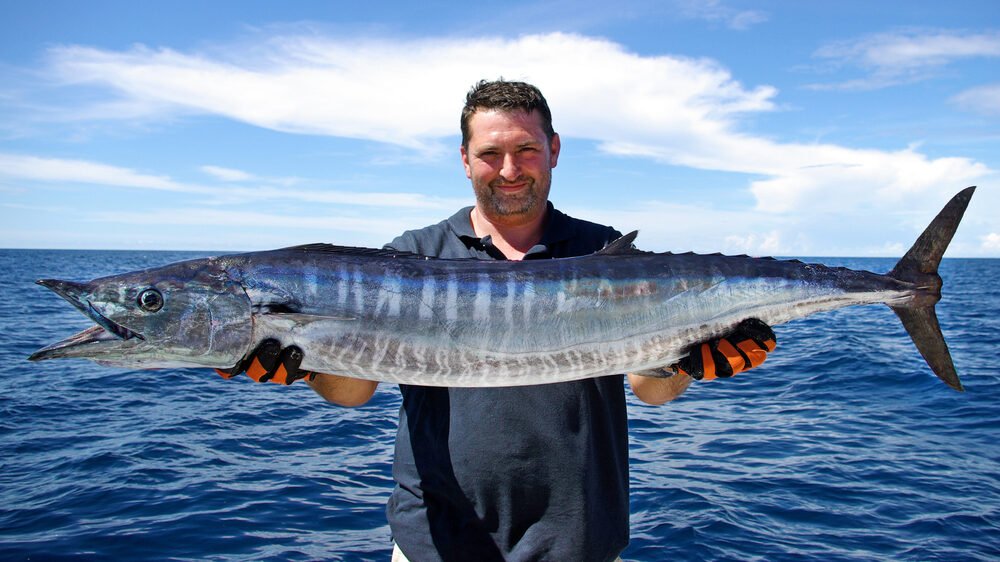
Wahoo (Acanthocybium solandri) is a pelagic fish that typically reach between 3.3 and 5.4 feet in length and weigh 8 to 30 pounds, but can grow as big as 8 feet long and weigh 158.5 pounds, a record-breaking catch!
They also have a unique coloration – a shining blue back, silver sides and belly, and vertical streaks along the sides. They can even change colors when hunting or being excited!
Habitat

The wahoo is always on the move; its habitat is the open waters of tropical and subtropical oceans worldwide.
They are most abundant during the summer and fall around the Hawaiian island of Oahu from May through October. Still, you may find them along the gulf of Mexico, Central America, South America, Africa, the Caribbean, and the eastern coast of the United States.
They are highly adaptable and can live in shallow to deep waters and coral reefs to the open ocean.
Pacific Wahoo Prey and Predators
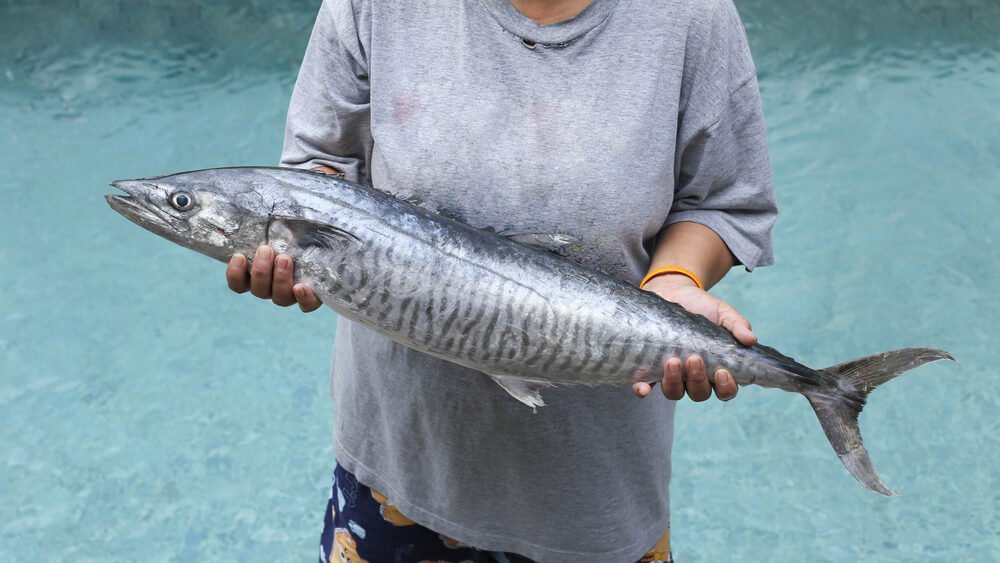
The wahoo is a cold-blooded (literally) predator full of energy, preying on small fish, sardines, anchovies, squid, and crustaceans. With its speed and agility, it can outswim most fish and uses its sharp teeth to kill its prey and eat it whole.
But they’re also on the menu for bigger fish like tuna and sharks, rays, marine mammals such as dolphins and whales, and anglers out for a catch.
The wahoo is an essential piece in the marine food chain and ocean ecosystem as a role of both predator and prey. They balance the smaller fish populations by preying on them but are also a food source for larger predators in the sea.
Reproduction and Lifespan
Wahoos are amazingly good at reproducing. If they didn’t have a high reproduction rate, they would be significantly more vulnerable than they are.
During warmer months, female wahoo can release over a million eggs during breeding, and the male fertilizes the eggs in the water. The eggs then hatch and turn into larvae, which develop quickly.
Only a year after hatching can the fish start laying eggs.
The fish typically lives for about six or seven years.
The high reproduction rate and the fact that they start reproducing as early as one year old helps sustain the species’ high population.
Sustainability and Conservation

The Pacific wahoo population is currently healthy, and the IUCN has listed the fish as “least concern,” meaning that it’s not vulnerable or threatened and likely to survive for the foreseeable future.
However, it’s vital to practice sustainable fishing to protect the habitats of marine life to ensure their populations maintain and continue in the future.
Some fishing practices to sustain the population and conserve species for future generations are:
- Use sustainable fishing equipment such as longline, trolling, hook and line, and avoid purse seine and nets.
- Follow size and catch limits and practices by releasing small fish and not fishing more than the limit. Many species have a size and catch limit to prevent overfishing and help sustainability.
- Catch and release the fish back into the water instead of consuming or selling it.
- Protect marine habitats.
- Support sustainable practices and initiatives.
Fishing Wahoo
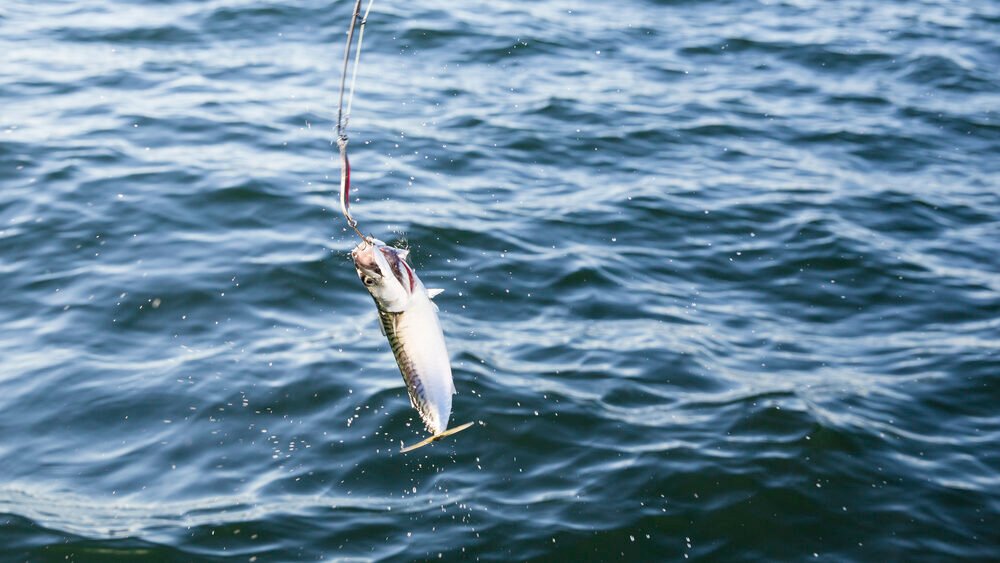
You can fish wahoo by longline or trolling.
With longlining, you set out a line with baited hooks attached, leaving it to soak for a bit.
With trolling, you move a boat slowly through the water, trailing a baited lure or live bait behind.
When a wahoo takes the bait, you reel it in!
Just follow local fishing regulations, use sustainable gear and techniques to keep fish populations healthy, and avoid purse seine methods to avoid overfishing and reduce bycatch.
As Food and Nutrition
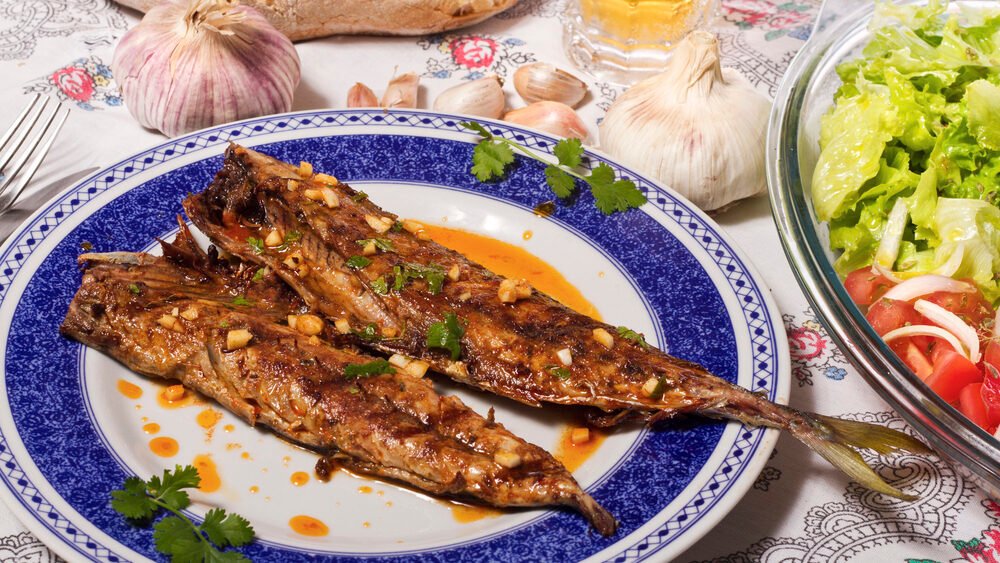
The fish has a mild flavor and a flaky texture, and you can cook it in various ways, like grilling, blackening, broiling, poaching, or sautéing.
But there’s more to wahoo than just its delicious flavor. Nutritionally, the wahoo is an excellent choice. It’s a healthy lean protein source, low in saturated fat and sodium, and high in B vitamins, phosphorus, selenium, and omega-3 fatty acids.
Scientific Name and Classification
The wahoo (Ono) is a species of fish that belongs to the family Scombridae, which includes other species such as tuna and mackerel. The scientific name for the wahoo is Acanthocybium solandri.
In terms of taxonomy, the wahoo is classified as follows:
- Kingdom: Animalia
- Phylum: Chordata
- Class: Actinopterygii
- Order: Perciformes
- Family: Scombridae
- Genus: Acanthocybium
- Species: Acanthocybium solandri
Frequently Asked Questions about Wahoo (Ono)
How does wahoo fish taste?

Hawaiians have named the fish “Ono,” meaning “good to eat.” The meat texture is firm and flaky, and the flavor is mild. You can compare it to swordfish, mahi-mahi, mackerel, or tuna.
Is wahoo the same as mahi mahi?
No. They are different species, but both are abundant in Hawaii.
Is wahoo fish a tuna?
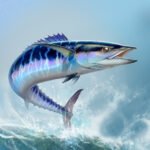
No. But the wahoo is related to the tuna in the Scombridae family, and the wahoo is a close cousin to mackerel.
Does wahoo have mercury?
Yes. the mean mercury levels in a wahoo are 0.50 mg/kg based on an analysis of 208 wahoo fish caught off the shore of the USA and Bahamas.
What else is wahoo called?

The wahoo is known as Ono in Hawaiian and Barracuda, Kingfish, Pacific King-Fish, Queenfish, Malta Kingfish, and Kingfish. However, sometimes people mistakenly call the fish names of other species even when they are separate.
Is wahoo poisonous?
Some instances have linked the fish to ciguatera poisoning, an illness caused by consuming toxic fish produced by the algae Gambierdiscus Toxicus.

